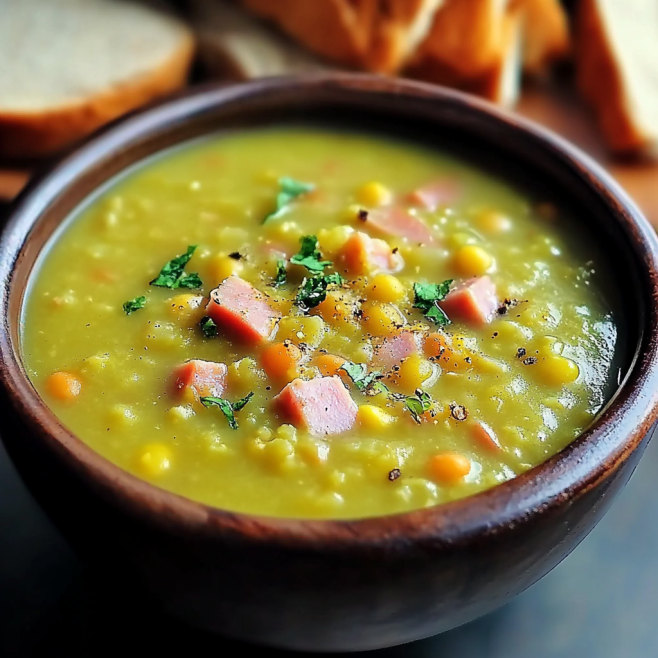Step 1: Heat Olive Oil and Sauté Vegetables:
In a large, heavy-bottomed pot or Dutch oven, heat the olive oil over medium heat. The olive oil provides a base for sautéing the vegetables, adding a subtle richness to the soup. Add the diced onions, carrots, celery, salt, and pepper. Sauté for 5-8 minutes, or until the vegetables soften and the onions turn golden brown. This step is crucial for building flavor, as the sautéed vegetables create a foundation for the soup's overall taste profile. Stir occasionally to prevent sticking and ensure even cooking. The salt helps to draw out moisture from the vegetables, aiding in the softening process.
Step 2: Add Garlic and Spices:
Stir in the minced garlic, dried Italian seasoning, ground cumin, dried thyme, and red pepper flakes. Cook for another minute, stirring constantly, until fragrant. This will help to bloom the spices and release their full flavor. Blooming the spices in the warm oil enhances their aroma and infuses the soup with a more intense flavor. Be careful not to burn the garlic, as this can impart a bitter taste to the soup. The Italian seasoning adds a classic herbaceous note, while the cumin provides warmth and earthiness. Thyme contributes a subtle, savory flavor, and the red pepper flakes add a touch of heat.
Step 3: Simmer the Soup:
Add the rinsed split peas, ham bone or ham hocks, bay leaves, and chicken broth to the pot. The split peas are the heart of this soup, providing a creamy texture and a subtle sweetness. Rinsing them removes any debris and excess starch, resulting in a cleaner-tasting soup. The ham bone or ham hocks add a deep, savory flavor that permeates the entire dish. Bay leaves contribute a subtle, aromatic note that enhances the overall complexity of the soup. Chicken broth provides a flavorful liquid base, but vegetable broth can be used for a vegetarian option. Bring the mixture to a boil, then reduce the heat to low. Let it simmer, uncovered, for 60-90 minutes, or until the split peas are tender and the soup has thickened. Stir occasionally to prevent the peas from sticking to the bottom of the pot. The long simmering time allows the flavors to meld together, creating a richer, more cohesive soup.
Step 4: Remove Ham Bone and Shred Meat:
Once the peas are tender and the soup has reached your desired consistency, remove the ham bone or ham hocks from the pot. Let it cool slightly, then shred the ham off the bone, discarding any skin, fat, or bones. Returning the shredded ham to the soup adds texture and a burst of savory flavor. Discard the bay leaves, as they have imparted their flavor to the soup.
Step 5: Blend for Creaminess (Optional):
For a creamier consistency, use an immersion blender to blend about 2 cups of the soup until smooth. Alternatively, you can transfer the soup to a regular blender in batches. Be careful when blending hot liquids. Blending a portion of the soup creates a velvety smooth texture while retaining some of the chunky texture from the whole split peas. Stir the pureed soup back into the pot. Adjust seasoning with salt and pepper to taste. Taste the soup and adjust the seasoning as needed. Salt enhances the flavors, while pepper adds a touch of spice.
